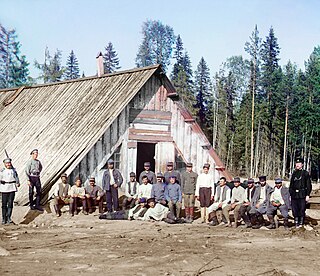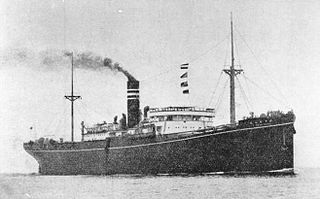
Lisbon Maru (りすぼん丸) was a Japanese cargo liner built at Yokohama in 1920 for a Japanese shipping line. During World War II the ship became an armed troopship. On her final voyage Lisbon Maru was also transporting prisoners-of-war between Hong Kong and Japan when torpedoed on 1 October 1942, sinking with a loss of over 800 lives.
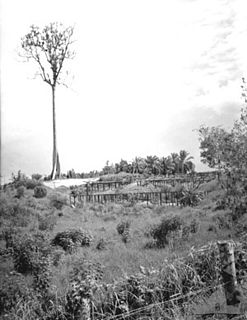
The Sandakan Death Marches were a series of forced marches in Borneo from Sandakan to Ranau which resulted in the deaths of 2,345 Allied prisoners of war held captive by the Empire of Japan during the Pacific campaign of World War II in the Sandakan POW Camp. By the end of the war, of all the prisoners who had been incarcerated at Sandakan and Ranau, only six Australians survived, all of whom had escaped. It is widely considered to be the single worst atrocity suffered by Australian servicemen during the Second World War.
Allied war crimes include both alleged and legally proven violations of the laws of war by the Allies of World War II against either civilians or military personnel of the Axis powers.
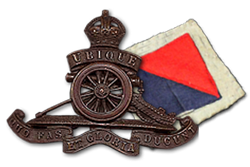
The 79th Light Anti-Aircraft Battery, also known as "The Sparrows", was a Royal Artillery unit of the British Army that fought with distinction in the Battle of Britain, the Battle of Java, and the Battle of Timor.
In April 1941, inmates at the Angler POW Camp near Neys Provincial Park on the north shore of Lake Superior planned the largest escape from a Canadian POW camp during World War II. The escape was the largest of its kind in Ontario, Canada.
There are differences from one country to another regarding the definition of Japanese war crimes. War crimes have been broadly defined as violations of the laws or customs of war, which include crimes against either enemy combatants or enemy non-combatants. War crimes also included deliberate attacks on citizens and property of neutral states as they fall under the category of non-combatants, as at the attack on Pearl Harbor. Military personnel from the Empire of Japan have been accused and/or convicted of committing many such acts during the period of Japanese imperialism from the late 19th to mid-20th centuries. They have been accused of conducting a series of human rights abuses against civilians and prisoners of war (POWs) throughout east Asia and the western Pacific region. These events reached their height during the Second Sino-Japanese War of 1937–45 and the Asian and Pacific campaigns of World War II (1941–45).

After World War II there were from 560,000 to 760,000 Japanese personnel in the Soviet Union and Mongolia interned to work in labor camps as POWs. Of them, it is estimated that between 60,000-347,000 died in captivity.

Mutsuhiro Watanabe – nicknamed "the Bird" by his prisoners – was an Imperial Japanese Army corporal in World War II who served at POW camps in Omori, Naoetsu, Niigata, Mitsushima and at the Civilian POW Camp at Yamakita. After Japan's defeat, the US Occupation authorities classified Watanabe as a war criminal for his mistreatment of prisoners of war (POWs), but he managed to evade arrest and was never tried in court. Watanabe ordered one man to report to him to be punched in the face every night for two weeks, and practiced judo on an appendectomy patient. One of his prisoners was American track star and Olympian Louis Zamperini, who tells his story in the book Unbroken: A World War II Story of Survival, Resilience, and Redemption by Laura Hillenbrand, later adapted into a feature film directed by Angelina Jolie and also Devil at My Heels by Ali Sen.

Ōryoku Maru was a Japanese passenger cargo ship which was commissioned by the Imperial Japanese Navy during World War II as a troop transport and prisoner of war (POW) transport ship. Japanese POW transport ships are often referred to as hell ships, due to their notoriously unpleasant conditions and the many deaths that occurred on board. In December 1944, the ship was bombed by American aircraft, killing 200 Allied POWs. Hundreds more died in the months that followed.

The New Bilibid Prison in Muntinlupa, Philippines, is the main insular penitentiary designed to house the prison population of the Philippines. It is maintained by the Bureau of Corrections (BuCor) under the Department of Justice. As of October 2004, it has an inmate population of 16,747. The penitentiary had an initial land area of 551 hectares (1,360 acres). One hundred four hectares (260 acres) of the facility were transferred to a housing project of the Department of Justice. The Bureau of Corrections has its headquarters in the NBP Reservation.
Keiko Holmes (恵子・ホームズ) is a Japanese coordinator for a charity named Agape, which helps to promote reconciliation between Japan and her former World War II prisoners of war (POWs). She lectures at universities and schools, and was awarded the O.B.E.
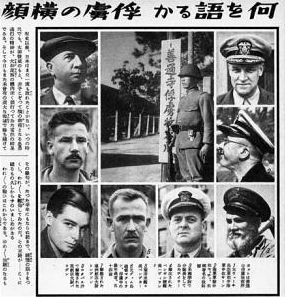
The Ōfuna Camp was an Imperial Japanese Navy installation located in Kamakura, outside Yokohama, Japan during World War II, where high-value enlisted and officers, particularly pilots and submariner prisoners of war were interrogated and incarcerated by Japanese naval intelligence Richard O'Kane, Louis Zamperini and Gregory Boyington were among the prisoners held at Ōfuna.

The Tōfuku Maru (東福丸) was a Japanese Dai-ichi Taifuku Maru-class built and operated cargo ship and hellship.
The Hanaoka mine was an open-pit mine with major deposits of “black ore”, located in the Tōhoku region of northern Japan in the village of Hanaoka, Kitaakita District, Akita Prefecture. The area is now part of the city of Ōdate.

The Sandakan camp, also known as Sandakan POW Camp, was a prisoner-of-war camp established during World War II by the Japanese in Sandakan in the Malaysian state of Sabah. This site has gained notoriety as the Sandakan Death Marches started from here. Now, part of the former site houses the Sandakan Memorial Park.
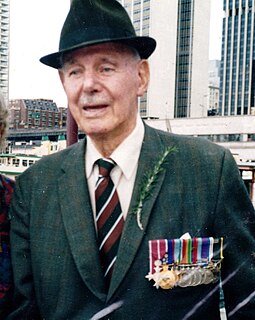
Lieutenant Colonel Reginald William James Newton, was an Australian Army officer noted for his leadership while in Japanese prisoner of war camps during the Second World War. He became well known among Australian military circles, where he was affectionately known as "Roaring Reggie."


